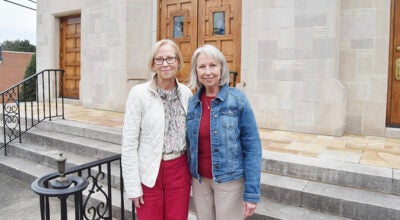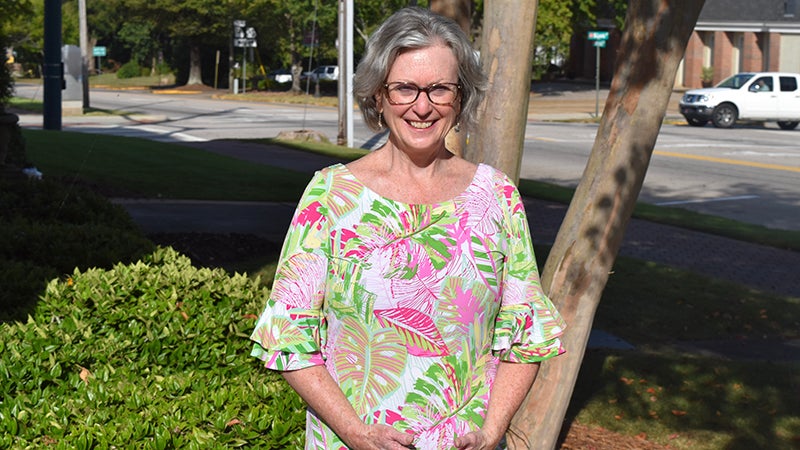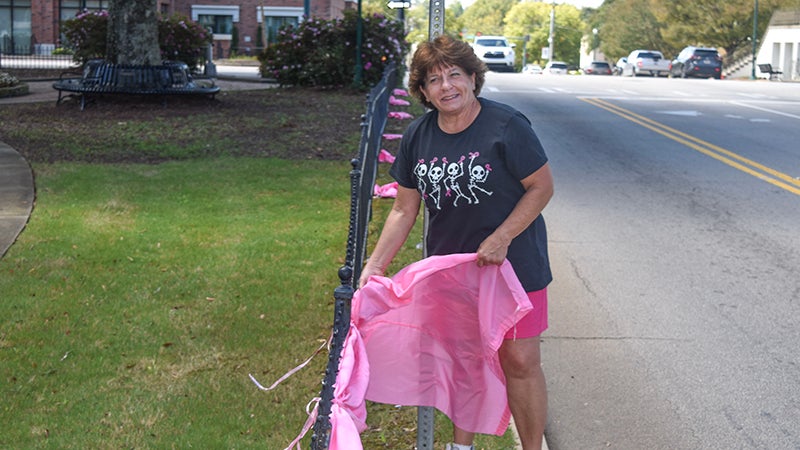Chipley Museum’s new exhibit explores areas Native American history
Published 8:00 am Tuesday, July 26, 2022
|
Getting your Trinity Audio player ready...
|
PINE MOUNTAIN — History is a subject often up for debate. It can be hard to believe something happened or certain people even existed without proper evidence or documentation.
This is often the reality for America’s original residents — the Native Americans. A good bit of what’s left of the native people’s history, even from the last few centuries, is often just bits and pieces.
Some of those pieces are front and center at the Chipley Historical Museum’s newest exhibit, which details the existence of the Native Americans — specifically the Creek Indians — who lived in the Troup County/Heard County area. The exhibit features softly documented timelines and recreations of pottery the Creek Indians created and used in their everyday lives.
Archaeologist Patrick Severts, lives and works on the former Troup Factory property, which consists of approximately 950 acres. Troup Factory property has multiple prehistoric sites in association with the historic mill, some dating back thousands of years. Many of the recreated pottery in the exhibit were made and donated by Severts to demonstrate they type of pottery found in the area.
“When we find sherds of pottery, we look at the inclusions of that clay, and you can see the different temper agents in the clay,” Severts explained. “We have a big sandbar [near the former Troup Factory property] where pottery sherds wash up all the time and you can really see the different temper agents like mica, which is course.”
As part of the exhibit’s opening, guests learned firsthand how clay pots were most likely created by native Indians. The natives used clays found along waterways to create rolled coils to meld together to form the desired vessel. After completion the vessel would traditionally be laid out in the sun to dry and harden.
The Harris County/Troup county area is home to rich red clay, which even in modern settings is harder to mold and set into workable vessels, Severts said.
“They are too much of a pure form and the clay will not adhere to itself. It will crack and cave in to itself during the manufacturing process,” Severts said. “One thing we’ve been studying is the use of mud dauber nests [in pottery], it a new concept that will need further testing.”
“The Creeks Indians came to the area to settle after previous natives were wiped out or killed,” Severts clarified. In the late 1700s, the Altamaha/Yamasee tribe traveled to the Troup County/Harris County area and enslaved the natives, shipping them to the Bahamas and other areas. By the 1800s, many Creeks traveled to the Harris County/Troup County area after being pushed from their homeland.
“This area was a vacuum, it was empty. As the Creeks began to be pushed down, they found this area without inhabitants, and they settled here. Of course, the Creeks spread into different branches,” Severts said.
A prominent piece of the exhibit is a series of arrowheads found in the area.
“There are about 9500 years of history in that box,” Severts said.
Interestingly, Severts pointed out, not all the arrowheads were used as weapons. Due to the shape and size of some of the heads, some may have been used as cutting or digging tools, but their specified purposes are mostly unknown.





